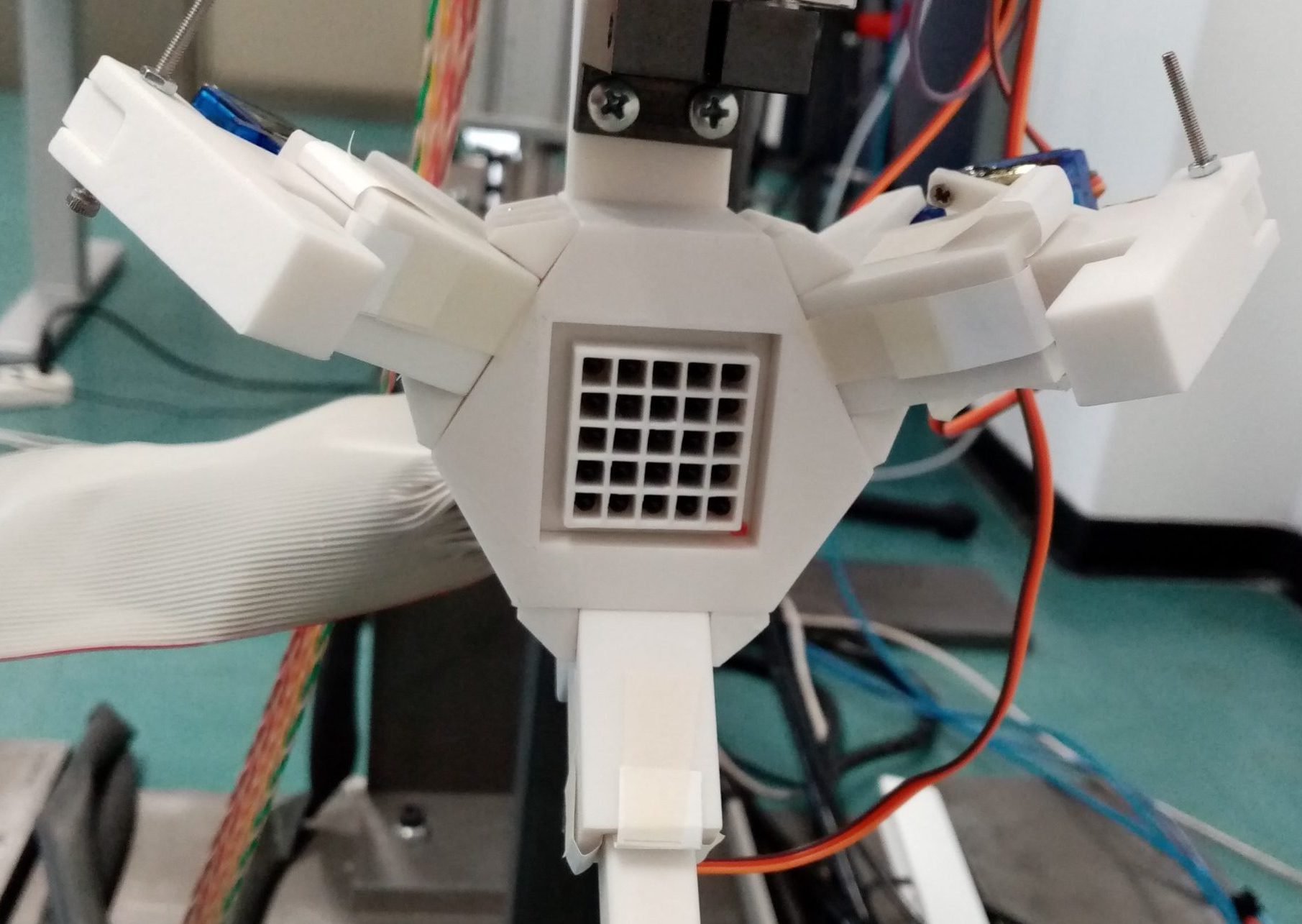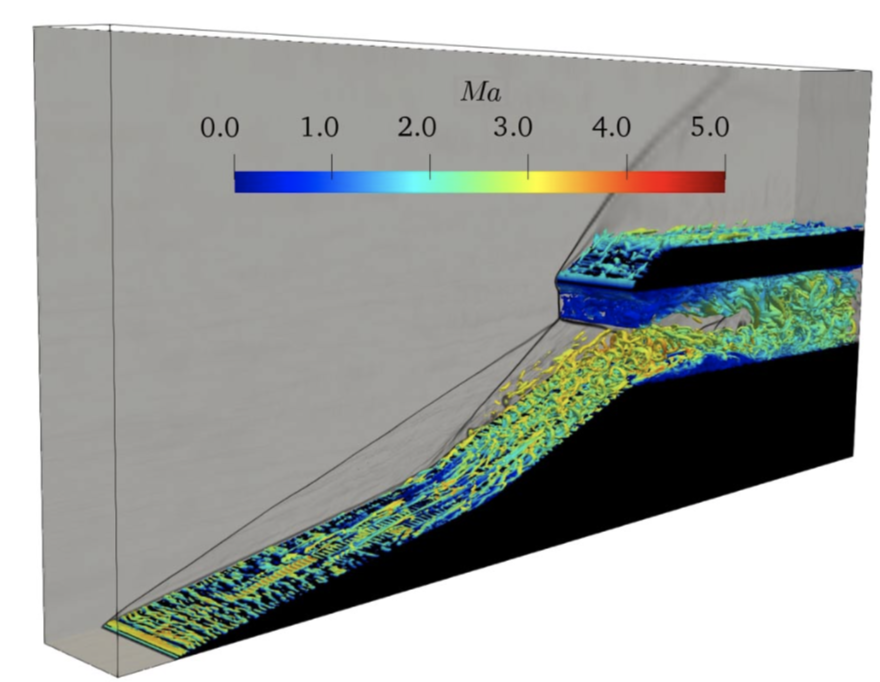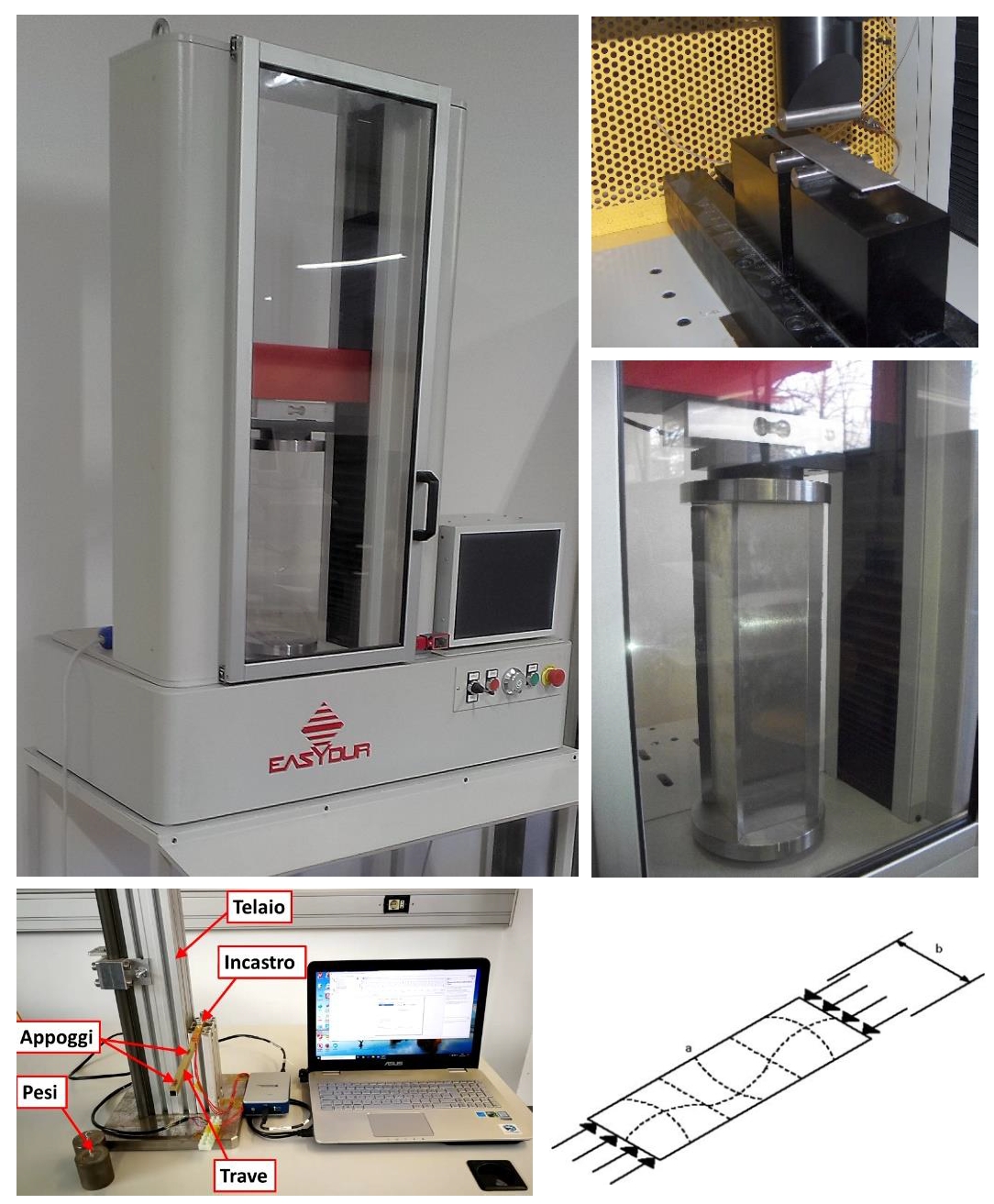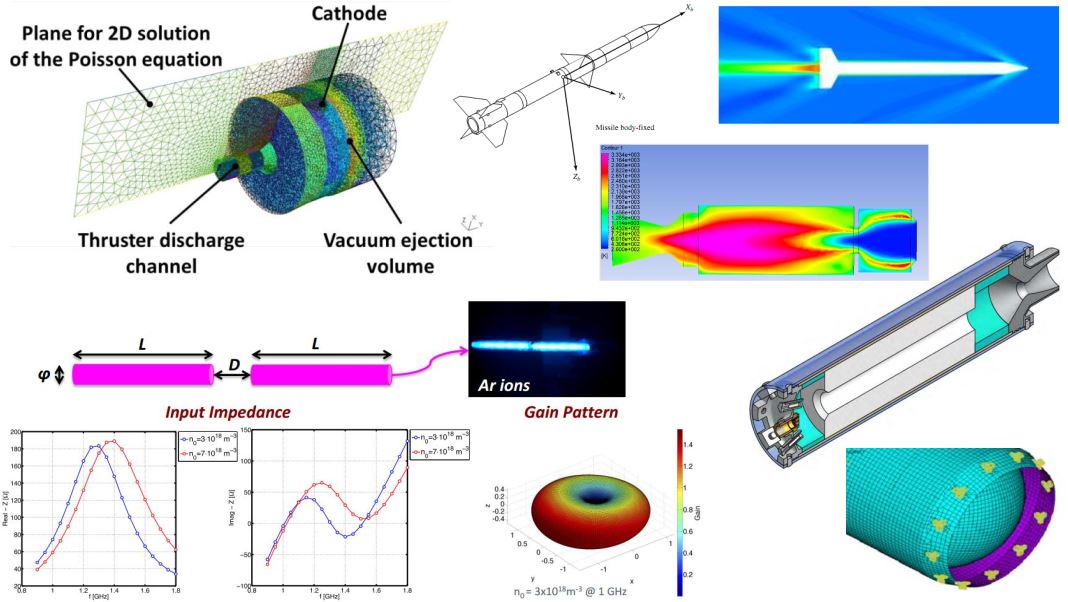Laboratory of Space Systems
Responsible: Prof. Alessandro Francesconi
- Numerical simulation of the dynamics of satellites, space robotic systems and proximity operations and capture of orbiting objects
- Simulation of the proximity motion between spacecraft in zero gravity conditions on a low friction plane
- Study of the dynamics of multibody systems through the use of an anthropomorphic robotic arm
- Simulation of the attitude dynamics of nanosatellites using a simulator with low friction joint


Laboratory of Computational Fluid Dynamics
Responsible: Prof. Francesco Picano
- Numerical analysis techniques applied to fluid dynamics
- Fluid dynamics models commonly uses for aerospace and industrial engineering flows
- Use of softwares for fluid dynamics simulation
Laboratory of Aerospace Structures
Responsible: Proff. Ugo Galvanetto & Mirco Zaccariotto
- Experimental verification of the superposition principle
- Study of the phenomenon of instability of structures subjected to peak load
- Analysis of the state of deformation in mechanical components
- Study of the mechanical properties of materials


Laboratory of Space propulsion
Responsible: Prof. Daniele Pavarin / collaborator prof. Francesco Barato
- Design and / or numerical simulation of hybrid and liquid chemical thrusters for space applications
- Design and / or numerical simulation of subsystems for chemical thrusters
- Design and construction of sounding rockets
- Numerical simulation of plasma thrusters for small satellites
- Numerical simulation of innovative plasma antennas
Laboratory of ipervelocity impact
Responsible: Prof. Alessandro Francesconi
- Performing high and hyper-speed impact tests on materials, protective shields, structural parts and components for satellites
- Experimental study of hyper-fast impact dynamics using high-speed video, evaluation of the dynamic response of components (vibrations and shocks) and post-impact damage analysis using vision systems and ultra-sound scans
- Experimental study of the fragmentation of satellite materials and components
- Numerical simulation of the dynamics of impact at high and hyper-speed, using commercial hydrocodes and software developed internally for the study of the fragmentation of satellites following high-energy collisions


